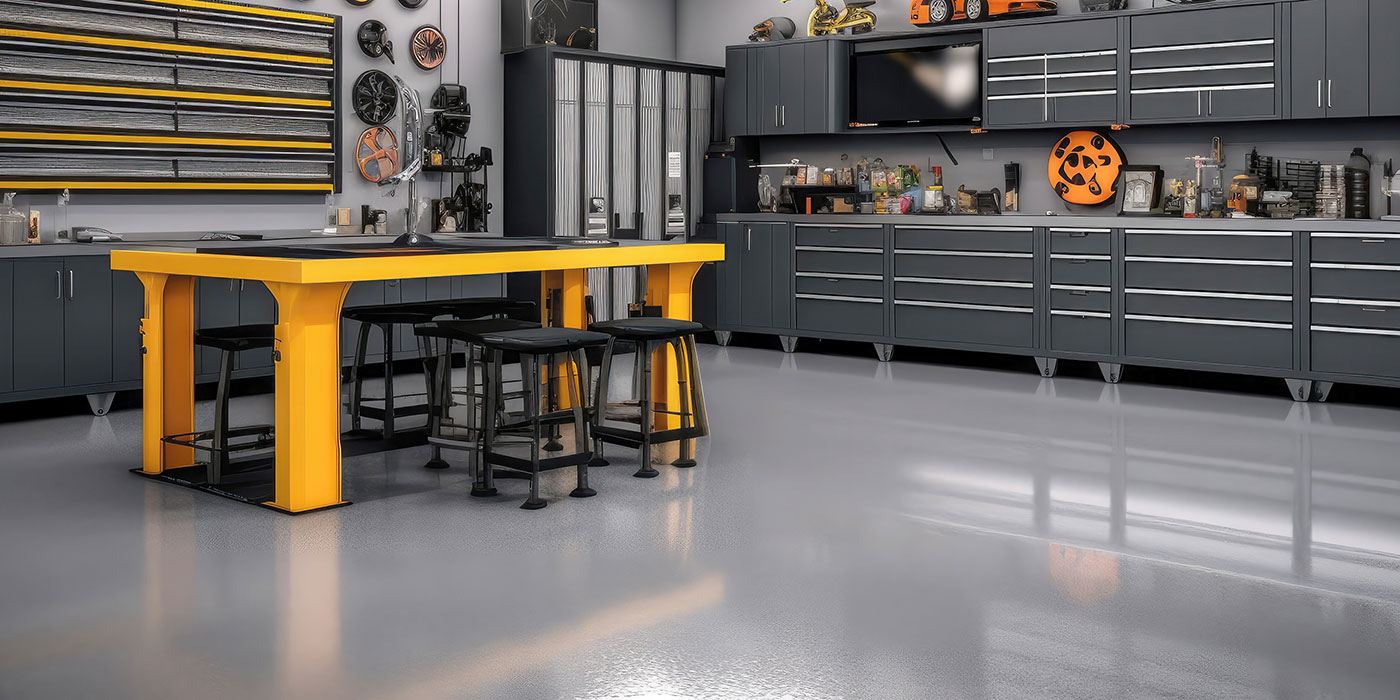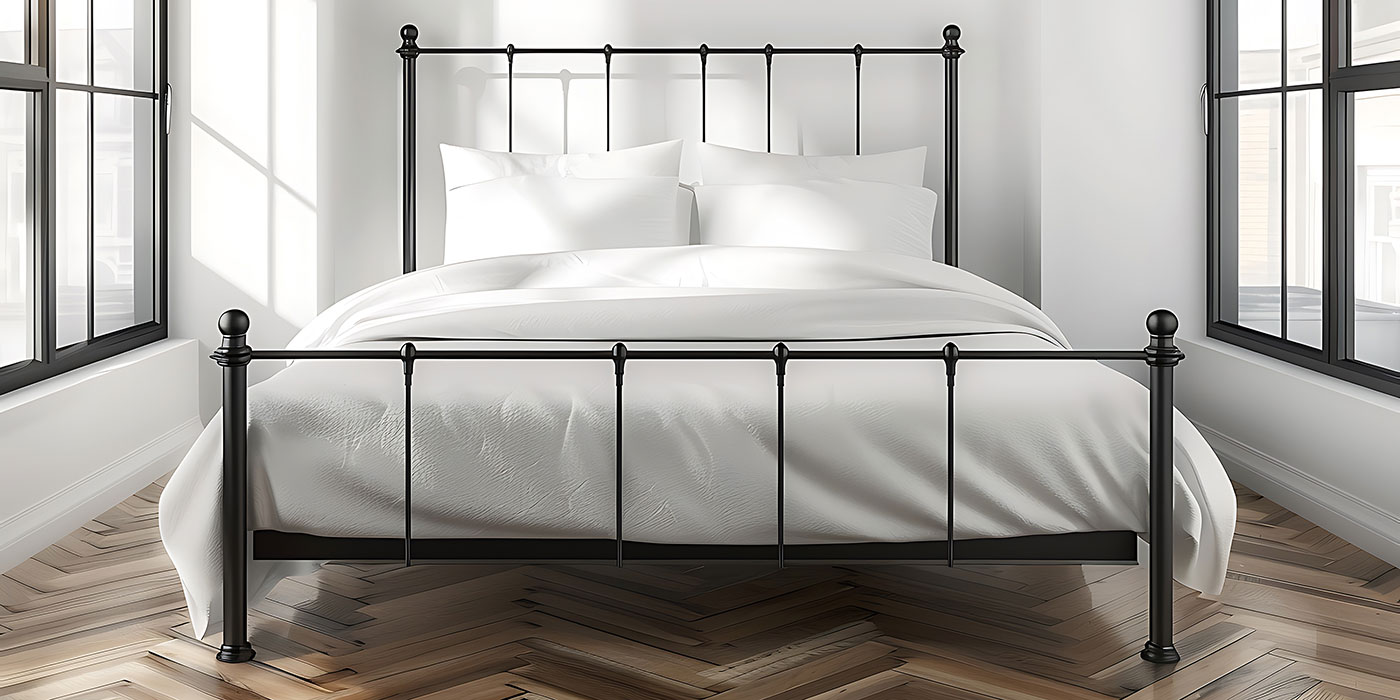1. Attic
In winter, the greatest potential of heat loss in your home is through the attic. Heat naturally rises and having that heat escape through the attic will increase energy costs. Batt, blown-in and spray foam insulation are great options. Just need a top up? Apply a second layer of batting perpendicular to the layer already between the joists or blow in additional insulation when it’s looking a little low.
2. Exterior walls
Just like the attic, adding batt, blown-in or spray foam insulation into the walls will reduce the energy needed to heat or cool your home’s interior. The best time to do this is during a renovation when the walls are opened up and installation is easy. If you are renovating the exterior of your house or building an addition, consider adding rigid insulation to the outside of your walls as an extra layer of protection.
3. Floors
This area is often overlooked and can be a source of heat loss for rooms above a garage, an unfinished basement or crawlspace. You will most likely be adding insulation, either batt, spray foam or rigid, from below. Note that whatever insulation you choose, it should fill the space completely and be held tight to the bottom of the subfloor preventing gaps.
4. Basement
Building codes vary from region to region but generally, new basements built to code are often under-insulated. A well insulated basement can help retain heat throughout the whole house and also ensure pipes and ductwork won’t freeze. Reducing moisture and subsequent mold in a basement is key when selecting and installing insulation. The most common types for basement walls are batt, spray or rigid. You can use these materials exclusively or in combination. Basement floors don’t necessarily have to be separately insulated if you are installing carpet with a good underpad or if you are installing flooring with an insulated subfloor.
5. Doors & windows
Drafts are not uncommon around doors and windows and are an easy fix. We recommend starting from the outside by re-caulking your doors and windows. If you are experiencing a fairly large draft, remove the casing and add low-expanding insulating foam to create a weather-tight seal. Weatherstripping, door sweeps and foam tape can all reduce drafts by simply cutting to size and securing for a snug fit. Additionally, window film heated with a hair-dryer shrinks and seals drafty windows.
Your local TIMBER MART has everything you need to properly insulate your home and seal problem areas. Talk to a TIMBER MART insualtion expert today.



